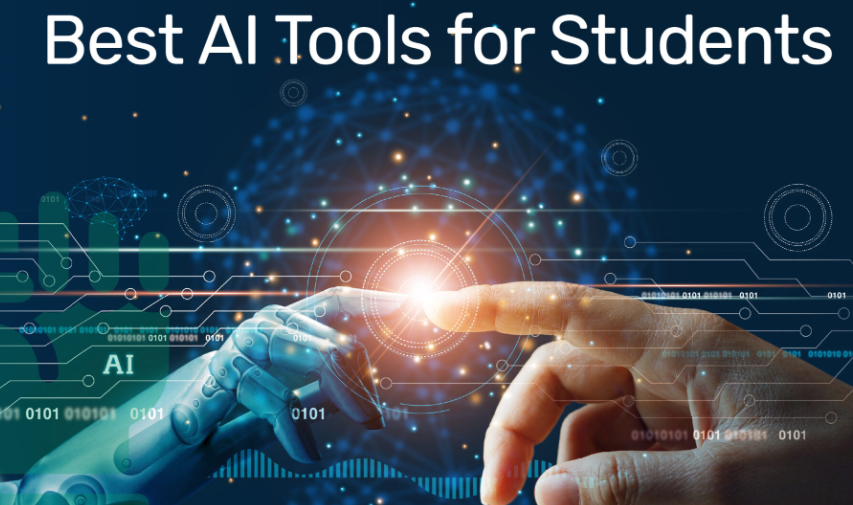What Is FORScan in 2025? A Next-Gen Guide

Admin
AI Research Analyst | 18 July 2025Table of Content












The Ultimate FORScan Guide for Ford & Mazda Owners in 2025
Do you have a Ford or Mazda car? Your regular OBD2 scanner is not enough; FORScan is specially designed for Ford, Mazda, Lincoln, and Mercury vehicles. A normal scanner can't see as deeply, but on the other hand, FORScan can access the hidden parts of your car. It reveals deeper errors and provides ECU access, giving you capabilities that standard scanners can't offer. That's why Ford and Mazda owners often choose it.
Side-by-Side Comparison: FORScan Vs. OBD2 Tools
|
|
|
|
|
|
|
|
|
|
|
|
|
|
|
|
|
|
|
|
|
|
|
|
|
|
|
|
Real Use Cases: What You Can Actually Do With FORScan in 2025
Have you ever imagined what you can do with this tool and what features it offers? I will share some FORScan features with you that are actually useful for a car owner.
- End Annoying Double Honk: Disable the loud double horn when leaving your running parked car. No more embarrassment at the gas station.
- Enable Bambi Mode: Fog lights can work with high beams to improve night driving, but this feature is disabled in your Ford car.
- Control All Windows Together: Control all windows with one button on your remote. Cool your car quickly in summer.
- Display Digital Speed Numbers: It’s super convenient to have a digital speed reading on your dashboard, making it so much easier to check your speed at a glance.
- Reset Battery Monitor: When you replace your car battery, it's essential to fix the battery computer so it charges effectively and lasts longer.
- Turn Daytime Running Lights: You can take control of your Daytime Running Lights—whether you want to brighten them, dim them, or even turn them off entirely.
- Stop Irritating Beeping: Turn off annoying seat belt beeps, door chimes, and key notifications for a quieter ride.
How FORScan Works: The Tech Behind the Tool (Explained Simply)
Your car has many small computers called car modules. They all control different parts of your car. FORScan works on all these small computers, while standard scanners only talk to some of them.
What Are Car Modules?
Car modules are small computers that control your car. Here are the main ones:
BCM (Body Control Module)
Controls lights, door locks, windows, and alarms.
IPC (Instrument Panel Cluster)
Controls your dashboard, speedometer, and warning lights.
APIM (Accessory Protocol Interface Module)
Powers your radio, navigation, and voice commands.
PCM (Powertrain Control Module)
Controls your engine and transmission.
ABS Module
Control your anti-lock brakes.
RCM (Restraints Control Module)
Controls airbags and crash sensors.
All the modules serve their respective purposes, yet they all talk to each other through special wires in your car.
FORScan Setup Guide: Hardware & Software Essentials (2025)
Starting with FORScan diagnostic software takes the proper equipment and proper setup. Below are the things you need to start diagnosing your Ford vehicle in a safe manner.
Basic Hardware for FORScan
Top FORScan Adapter Options
- The OBDLink EX adapter is still the favorite among Windows users. This adapter offers stable connections and quick data transfer rates, making it ideal for Ford vehicle diagnostics. It is designed specifically to operate with FORScan software without any connectivity issues.
ELM327 Budget Alternative
- ELM327 adapters compatible with FORScan have a less expensive alternative, but quality is highly variable. FORScan works with many ELM327 devices, but cheaper models may have connection problems or limited features. Check user reviews before purchasing any ELM327 adapter.
Bluetooth vs USB Adapters
Wireless OBD adapters function seamlessly with mobile devices but can drop off during extended sessions. USB OBD adapters allow for more reliable connections on desktops and professional diagnostics.
Software Installation Options
FORScan Windows Software
- The desktop version supports full diagnostic capabilities and best accommodates professional adapters. Installation of both the software and adapter drivers is required on your computer.
FORScan Mobile App Setup
- The Android and iOS versions of FORScan make diagnostics easy. The apps work well with Bluetooth adapters for quick code reading and live monitoring.
Safe Installation Process
Pre-Installation Steps
- Always install adapter drivers prior to connection to your vehicle. Download FORScan only from verified websites to ensure no malware.
Vehicle Connection Safety
- Turn off the engine and take the keys out before you plug in your OBD-II diagnostic adapter. You will usually find the OBD port under the dash near the driver's leg.
Critical Safety Tips
- Make sure to back up your vehicle settings before making changes. Join FORScan forums for help. Avoid changing safety systems without professional guidance. Start with basic diagnostics before attempting advanced tweaks to stay safe.
10 Safety Precautions to Avoid Causing Damage to Your Vehicle When Using FORScan
FORScan provides you with immense control over your Ford, Lincoln, or Mazda vehicle's settings, but a single misstep can lead to serious issues. The following professional safety precautions will make sure that you use FORScan without damaging your car's computer systems.
1. Always Make Full Backups First
Before setting any settings, backup your car's original configuration data. This As-Built backup is a safety net in case something happens. Save these backup files in various locations - your computer, cloud storage, and a USB key for the best protection.
2. Use Only Tested Modifications
Stick to modifications that have been successfully tried by other users. Search for reliable FORScan mods in community forums and tutorials. Never try something with unfamiliar settings - they can result in permanent system damage to your car.
3. Do Your Homework Before Making Changes
Study each change extensively prior to implementing it. View tutorial videos, read forums, and check articles for your precise vehicle model. Spending some time on learning what you're doing avoids expensive errors.
4. Implement Single Changes at a Time
Make just one change at a time, then check that it all works as expected. This is the best way to find and correct problems easily. Too many changes at one time can lead to complicated problems that are difficult to fix.
5. Document All Changes
Record each change you make, along with the date, module name, original value, and new value. This change log allows you to reverse changes in case issues arise down the line.
6. Observe Correct Connection Procedures
Make use of the right ignition key sequence as specified in your modification manual. Always utilize a high-quality OBD adapter - low-quality adapters tend to lose contact during critical operations and harm your vehicle's computer modules.
7. Stay Away from High-Risk Vehicle Modules
Avoid touching critical modules such as the instrument cluster (IPC) or infotainment system (APIM) unless you have to. These delicate modules will most likely be permanently damaged if touched in the wrong way.
8. Observe Warning Messages
Never disregard warning messages regarding checksums, mismatched firmware, or compatibility problems. These alerts point to severe issues that can brick your car's modules if you continue.
9. Never Interrupt the Writing Process
When FORScan starts making changes to your car, don't unplug the adapter, close the software, or turn off the ignition. Stopping in the middle can seriously damage your car's computer systems.
10. Utilize Community Support Tools
Participate in active FORScan communities where knowledgeable users offer tips and troubleshooting support. When issues crop up, seeking assistance promptly will avoid small problems from becoming catastrophes.
Final Words
While using FORScan, keep a detailed change log to track every modification. Include the date, module name, old value, and new value. This way, if something goes wrong, you can easily undo changes.
Always use the proper ignition key sequence and high-quality OBD adapters. Cheap adapters may lose connection during important tasks and could damage computer modules.
Avoid working on sensitive modules like the instrument cluster (IPC) or infotainment system (APIM) unless absolutely necessary, as these parts can be easily broken.


